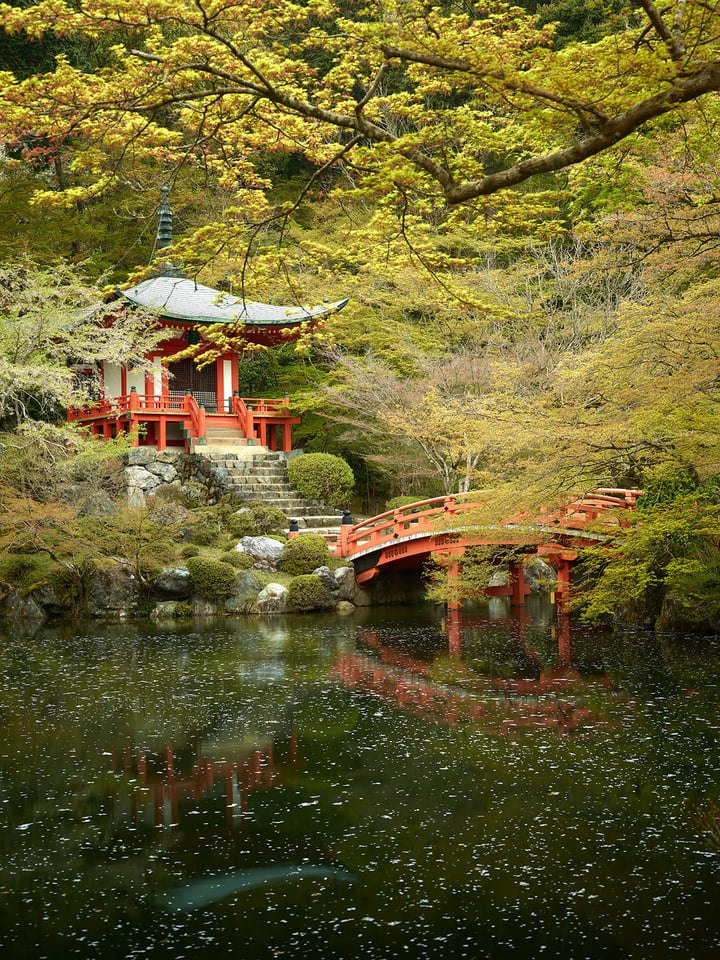Whether you are exclusively a landscape photographer or simply someone who likes to capture awesome shots of just about anything, landscape photography can be an excellent way to hone your ability to put together a composition. Lots of subjects that result in excellent shots require a photographer to react quickly in order to capture a moment that will be gone in mere seconds. A landscape, on the other hand, comes with a stillness that allows that same photographer to stop, contemplate, and focus on what would make that composition really pop. Below are some tips for using landscapes to put together some positively stunning compositions.
Table of Contents
Use Plant Life to Frame Your Shot
Framing is the practice of using objects located in the foreground to showcase a chosen point of interest in the background of an image. Although lots of natural objects make terrific framing devices for mountain peaks, wildlife, or waterfalls, trees and other forms of plant life are perfect for this. Framing helps add visual interest and balance to your landscapes. Experiment a bit with different set-ups and see what works for you.
Add Depth by Including a Vanishing Point
A vanishing point is a spot within a given image where two parallel lines appear to meet or converge. Vanishing points are staples in fine art for the way they help add the illusion of depth and body to a two-dimensional image. They can do the same for your landscape photographs. Try framing a shot to accentuate a vanishing point as a way to add flare, drama, and depth to a scene.
Add Ethereal Majesty by Experimenting with Reflections
Although many schools of thought will tell you not to center focal points for fear of creating a less than interesting composition, there are certainly exceptions to the rule. Case in point, shots that feature a reflection front and center. Placing the horizon in the center of your composition can help to highlight the serenity and majesty of such a scene. Try experimenting with other ways to shoot reflections as well.
Realize that Diagonal Lines Add Visual Interest
Another way to jazz up your compositions is to look for ways to add movement to your scene. Diagonals are perfect devices for doing this, as they help to draw the viewer’s eye into the world you’re looking to create. Try using diagonals to create a visual pathway to a point of interest. Alternatively, you can use diagonals to add depth by highlighting distances between various objects.
Experiment, Experiment, Experiment
Last but not least, don’t be afraid to experiment. Think something specific would look awesome in a final shot, even if it breaks one of the cardinal rules you’ve been taught? Try it and see. You could be right. The worst thing that happens is you’re wrong and you learn something from it. Experimentation is a huge part of creating an individual style for an artist of any kind, landscape photographers included. Become fearless! You never know where your sense of adventure might take you.
This guest post was contributed by Destin Sparks. You can check out more of Destin’s work on his website.





ótimas dicas! Belas fotos! Lindas paisagens!!
Awesome tips.
Very beautiful photos
that’s so great pictures. cyprus
Thank you for this.
Thanks so much for the above mentioned very useful information as well as nice images. Great job keep up.
thanks for the tips Destin, and as usual, such beautiful photos.
Useful tips, lovely photos and a timely reminder for the spring here in the UK.